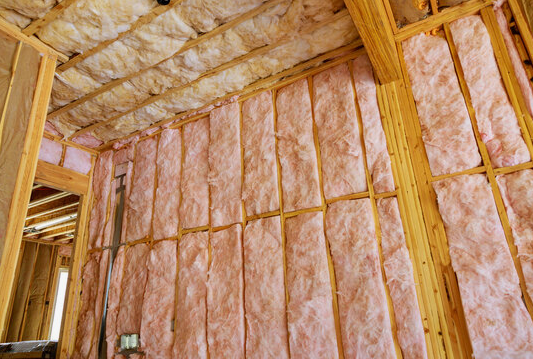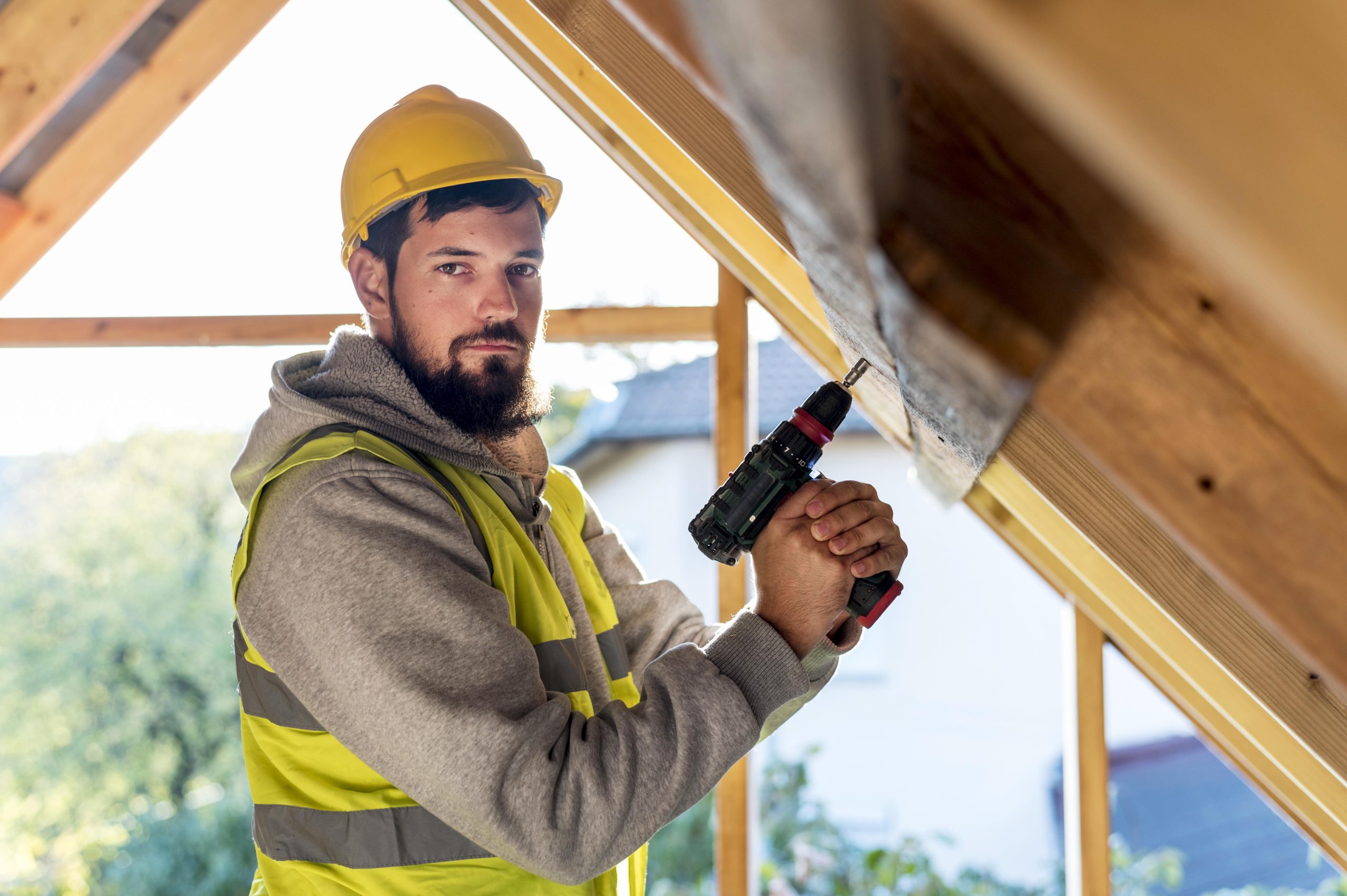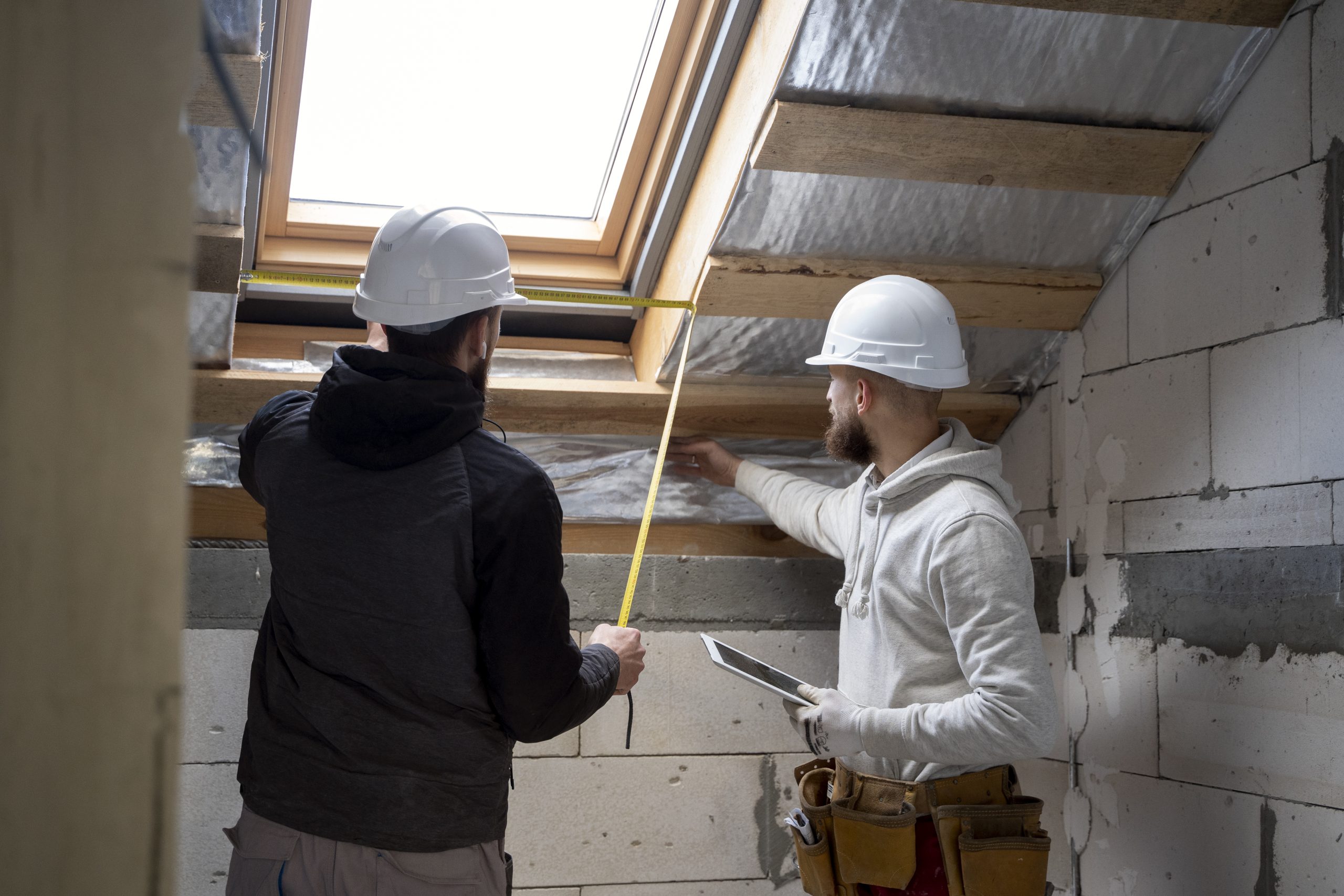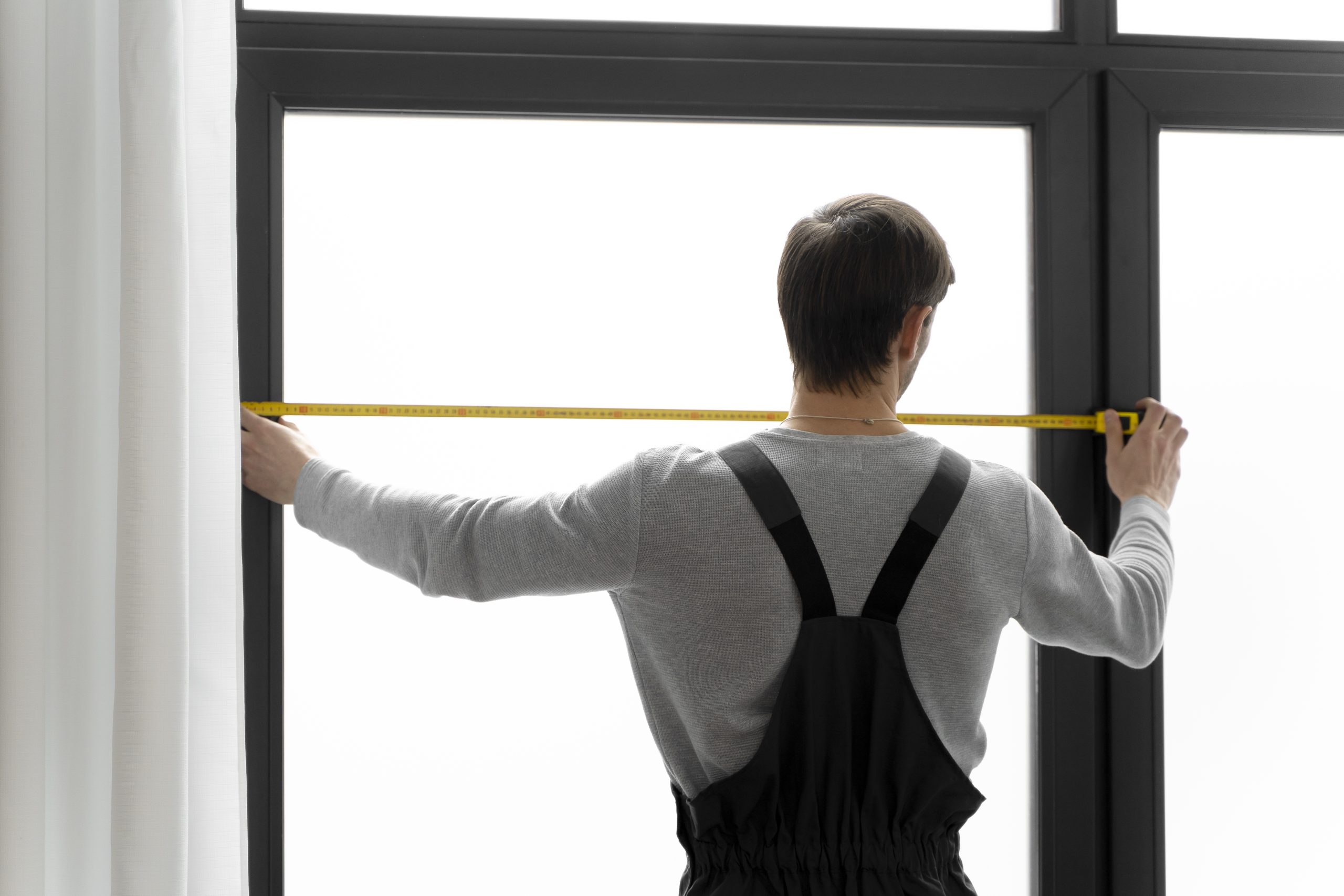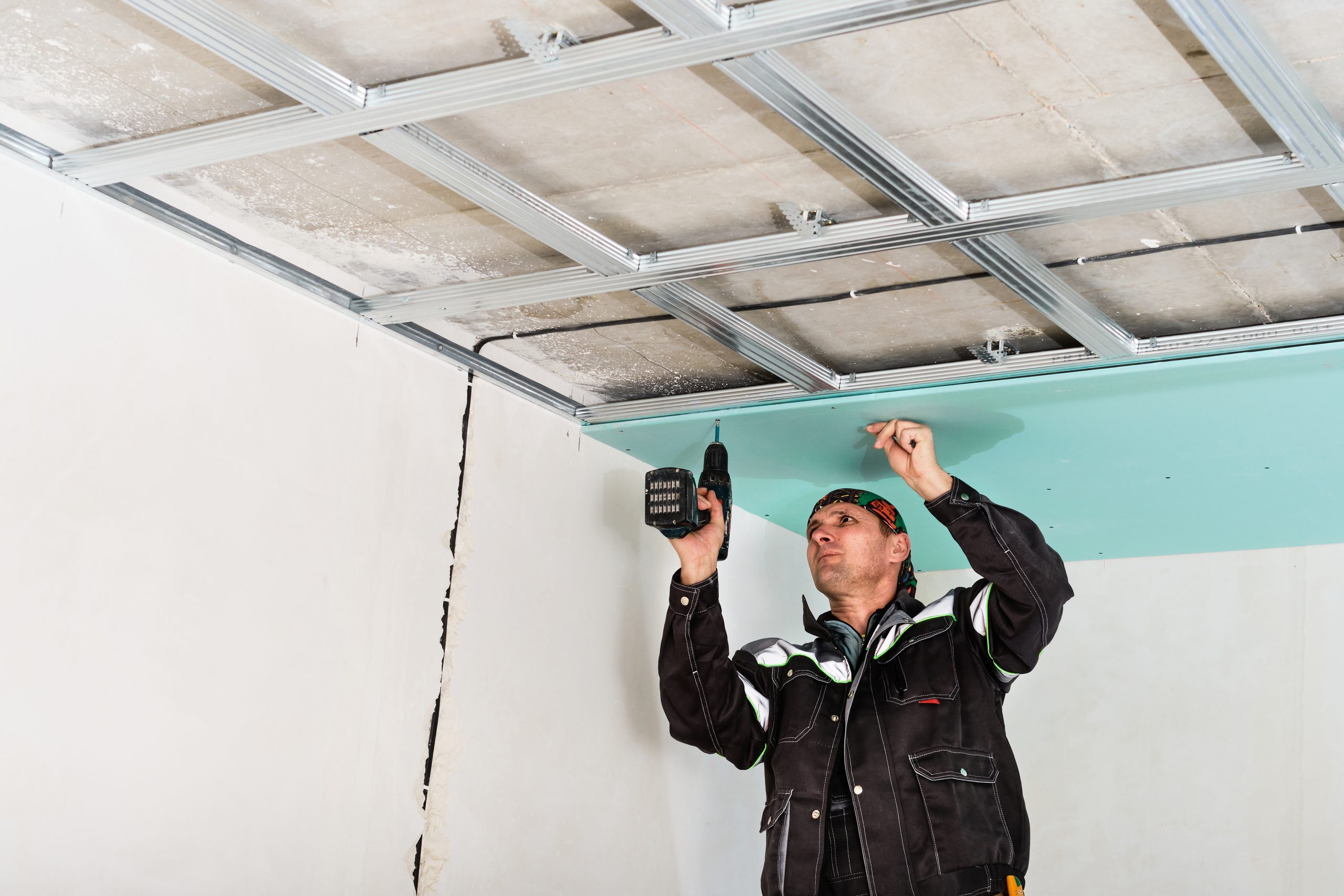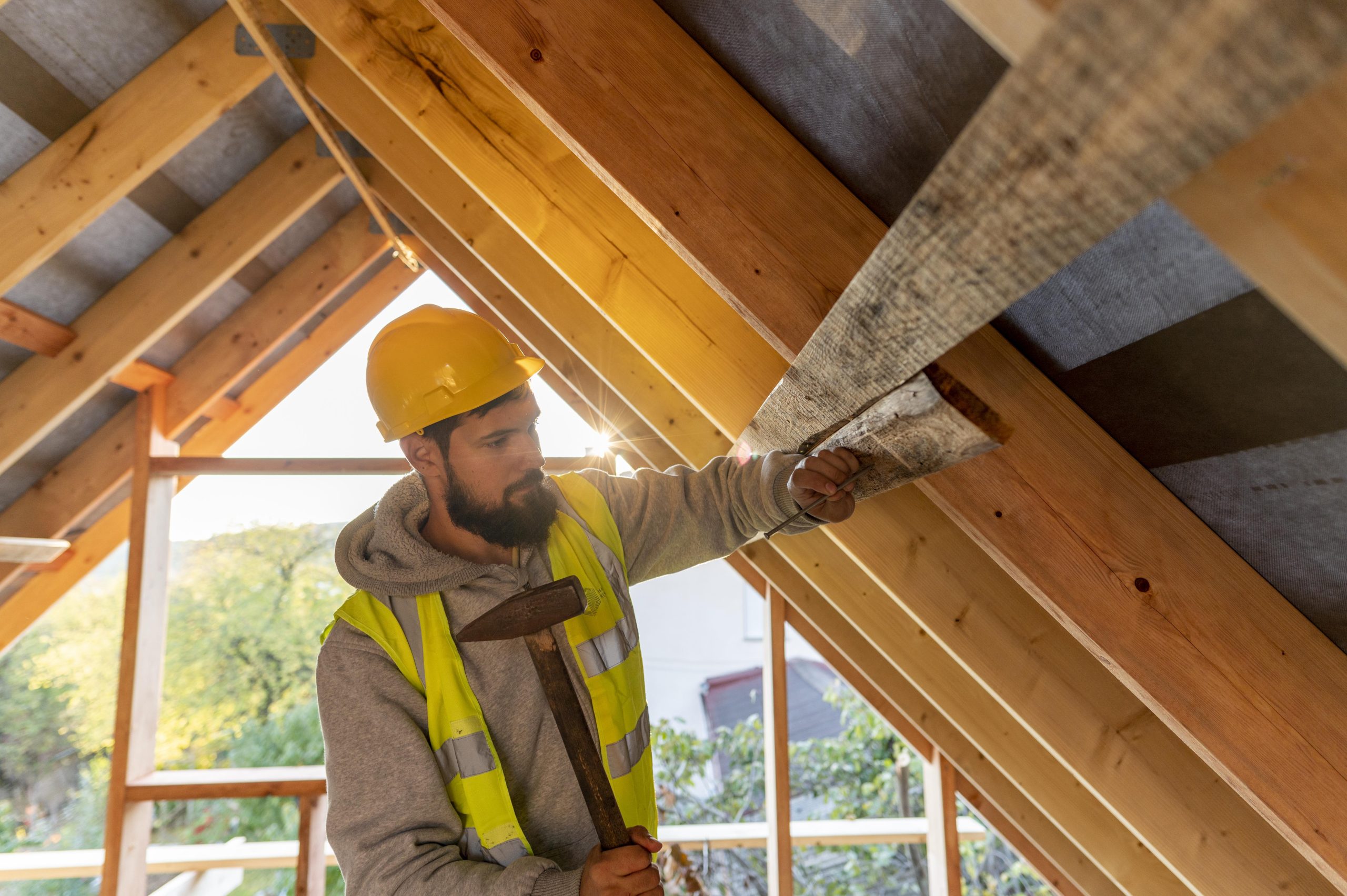Introduction: Why Wall Insulation Is Making Headlines
Across the United States, homeowners are paying closer attention to energy costs, indoor comfort, and long-term property value. One solution making waves in the housing market is wall insulation. From energy-efficient tax credits to real estate listings that highlight “insulated walls” as a selling feature, the topic is trending in both newsrooms and households.
In recent years, industry reports have shown a steady rise in demand for better insulation as homeowners seek relief from high energy bills and fluctuating indoor temperatures. Real estate experts even point out that homes with properly insulated walls often sell faster and at higher prices. In short, wall insulation is no longer just a construction detail—it’s a smart investment.
This blog explores how wall insulation directly enhances home value and comfort, while also sharing expert insights, real-life homeowner stories, and the latest updates from the building industry.
The Growing Importance of Energy Efficiency in Homes
If you’ve noticed your monthly utility bills climbing, you’re not alone. According to the U.S. Energy Information Administration (EIA), the average household spends over $2,000 annually on energy, with heating and cooling taking up nearly half of that. Much of this energy escapes through poorly insulated walls, making wall insulation a hot topic in energy news.
Energy-conscious buyers are now asking realtors about insulation before signing contracts. Home inspectors, too, are giving more attention to R-values (a measure of insulation’s effectiveness) during evaluations. This increased awareness has turned energy efficiency into a cornerstone of modern homeownership.
What Exactly Is Wall Insulation?
At its core, wall insulation is a protective barrier that reduces the transfer of heat between the inside and outside of a home. It’s typically installed inside wall cavities, behind drywall, or on the exterior during construction or renovation. Popular materials include fiberglass, cellulose, spray foam, and rigid foam boards.
Each type has unique benefits:
- Fiberglass: Affordable, widely available, and effective for standard wall cavities.
- Cellulose: Eco-friendly and excellent at reducing air leaks.
- Spray Foam: Provides an airtight seal and high R-value.
- Rigid Foam: Adds structural strength and insulation on exterior walls.
By slowing down heat transfer, wall insulation keeps conditioned air indoors during winter and blocks heat from entering in summer—leading to consistent comfort and energy savings.
Wall Insulation and Home Comfort
Comfort is more than just temperature—it’s about creating a stable, healthy indoor environment. Proper wall insulation prevents drafts, reduces noise from outside, and helps maintain even room temperatures. Families often report fewer “cold spots” in winter and less overheating in summer once their walls are insulated.
Beyond temperature, insulation also improves indoor air quality. By reducing gaps and leaks, wall insulation minimizes the infiltration of outdoor pollutants, allergens, and humidity. This can be particularly beneficial for households with children, seniors, or members with respiratory sensitivities.
Real homeowners frequently describe the difference as “night and day.” For example, one Rhode Island family reported that after upgrading their wall insulation, their living room finally felt cozy during snowstorms—without constantly adjusting the thermostat.
How Wall insulation Adds to Property Value
The housing market has evolved. Buyers today are more educated about energy performance, and many actively search for homes with insulation upgrades. A recent Zillow survey revealed that energy-efficient features like wall insulation can boost resale value by as much as 5%.
Here’s why:
- Lower Operating Costs: Buyers know insulated homes cost less to run.
- Green Appeal: Environmentally conscious buyers prefer energy-efficient homes.
- Comfort Factor: A home that “feels” more comfortable has greater perceived value.
- Long-Term Investment: Quality wall insulation lasts for decades, reducing maintenance concerns.
Realtors often highlight insulation upgrades in listings, and appraisers are beginning to factor in energy efficiency improvements. In competitive markets, the presence of wall insulation can set a property apart.
The Science Behind Insulation and Energy Savings
Heat naturally moves from warmer areas to cooler ones. In winter, it escapes from heated indoor spaces through walls, ceilings, and windows. In summer, it enters your cool home from the hot outdoors. Without adequate insulation, your HVAC system works overtime, leading to higher bills and wear on equipment.
Wall insulation interrupts this heat flow. By improving the thermal envelope of a home, it allows your HVAC system to run more efficiently. According to the U.S. Department of Energy, proper insulation can reduce heating and cooling costs by up to 20%. Over the years, those savings add up significantly, often covering the cost of installation and then some.
The Human Side: Real Stories from Homeowners
In a recent news feature, a young couple in Providence shared how upgrading their wall insulation changed their daily lives. Before the renovation, they described their home as drafty, noisy, and difficult to heat evenly. After installing spray foam wall insulation, their utility bills dropped by 30%, and they finally enjoyed quiet, comfortable evenings indoors.
Another homeowner in Massachusetts noted that her home’s value increased noticeably when she sold it just two years after adding cellulose wall insulation. Prospective buyers mentioned the energy upgrades as a major selling point.
These stories underline what statistics show: wall insulation provides both financial and personal rewards.
Environmental Impact: Beyond the Home
Insulating walls isn’t just good for homeowners—it’s good for the planet. By reducing energy consumption, wall insulation lowers greenhouse gas emissions. Many states are now offering rebates and tax credits to encourage energy-saving upgrades.
In fact, the Inflation Reduction Act of 2022 expanded incentives for homeowners who install energy-efficient improvements, including insulation. This makes wall insulation not just an investment in your home, but also a contribution to a more sustainable future.
Costs and Return on Investment
The cost of wall insulation varies based on materials, labor, and the size of your home. On average, homeowners can expect to spend between $2,000 and $7,000. While that may sound like a large upfront expense, the payback period is relatively short thanks to lower energy bills and increased property value.
Experts often describe insulation as a “one-time investment with long-term benefits.” Unlike appliances that eventually need replacing, properly installed wall insulation lasts for decades. That means homeowners enjoy ongoing savings without repeat costs.
Choosing the Right Contractor
Selecting the right insulation contractor is crucial. A professional can recommend the best type of wall insulation for your home, ensure proper installation, and help you qualify for local rebates. Look for contractors with certifications, strong reviews, and experience in your region’s climate.
Companies like WeatherTek Insulation specialize in energy-efficient upgrades tailored to Rhode Island homeowners. Working with a trusted provider ensures you’ll get the maximum return on your investment.
Common Misconceptions About Wall Insulation
- “My home is already insulated enough.”
Many older homes have minimal or outdated insulation that doesn’t meet modern standards. - “It’s too expensive.”
When factoring in energy savings and home value, insulation quickly pays for itself. - “Insulation only matters in winter.”
In reality, it’s just as important for keeping your home cool in summer.
Future Outlook: Why Insulation Is Here to Stay
As energy prices rise and sustainability becomes a priority, wall insulation will remain in the spotlight. Builders are incorporating better insulation into new homes, and existing homeowners are retrofitting to stay competitive in the housing market.
News outlets continue to cover stories on energy efficiency, government incentives, and climate goals—all of which put wall insulation at the center of the conversation. For homeowners, this means now is the perfect time to invest.
Conclusion: Comfort Today, Value Tomorrow
Wall insulation is more than just a hidden layer in your walls it’s a powerful upgrade that improves comfort, lowers energy costs, boosts resale value, and contributes to a greener planet. Whether you’re planning to stay in your home for decades or preparing to sell in a competitive market, wall insulation delivers benefits that last.
When you’re ready to explore your options, partner with trusted experts like WeatherTek Insulation LLC. With professional guidance and quality installation, you can enjoy a home that’s not only more comfortable but also more valuable.
FAQs About Wall Insulation
1. How do I know if my home needs wall insulation?
Signs include uneven temperatures, high energy bills, and drafty rooms. A professional energy audit can confirm insulation levels.
2. What type of wall insulation is best?
It depends on your budget, climate, and home design. Fiberglass is common, while spray foam offers the highest performance.
3. Can wall insulation reduce noise?
Yes. Insulated walls block outdoor sounds and reduce noise transfer between rooms.
4. How long does wall insulation last?
Most materials last 20–80 years, depending on type and installation quality.
5. Are there financial incentives for wall insulation?
Yes. Many states and federal programs offer rebates, tax credits, or low-interest financing for energy upgrades.


